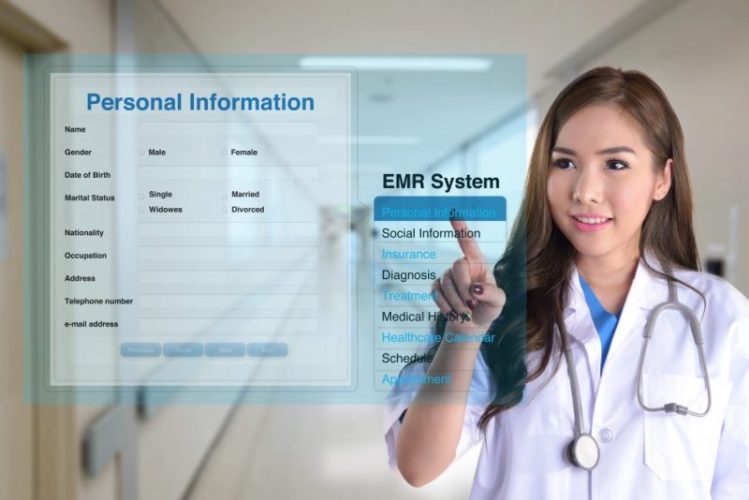In the US, 98% of healthcare providers use Electronic Health Records (EHRs) which are vital for patient information. However, they face challenges like sharing information smoothly and being user-friendly. These challenges need attention for better healthcare management. To solve problems in healthcare, providers use EHR optimization or create custom EHR software. This helps improve efficiency and tailor electronic health records to better meet their specific needs.
EHR management uses automation to handle organized and unorganized patient health information efficiently. There are numerous EHR software vendors to provide such services. It simplifies tasks related to patient records, making it easier to manage and access their health data. These tasks involve gathering detailed health data, securely storing it, processing medical information, and checking patient health data for errors. It’s all about collecting, storing, handling, and reviewing health information accurately and securely.
Here’s an easy-to-follow guide for managing EHR data effectively in simple steps.
1- Designing a Data Governance Strategy:
Make electronic health record (EHR) data useful with a smart plan. A smart plan for handling data gets everyone involved and protects the organisation. It checks that data is good, follows HIPAA rules, and encourages using tech tools. Keep it simple and short to ensure everyone’s on board and the data works for the organisation. This way, everyone works together to make sure the information is useful and meets the necessary standards.
2- Adopting a Suitable EHR Management Solution:
Automated tools like virtual scribes and Clinical Decision Support Software (CDSS) make recording information in HER easy and error-free. Virtual scribes, with voice recognition tech, make data entry easy. CDSS helps clinicians avoid prescription and medical history errors, ensuring accurate patient information. These tools streamline tasks and enhance precision in healthcare records. CDSS helps doctors by avoiding mistakes in prescriptions and medical history, making sure patient information is accurate. These tools enhance efficiency and reduce errors in healthcare documentation.
3- Performing Regular Data Cleanups:
Keep EHR data accurate by checking it regularly. Find mistakes, remove wrong information, and add missing details. Save time by using data quality assurance service. Use quality services for a quicker, professional touch. Keeping your electronic health records accurate is key for effective healthcare. Regular checks ensure your data is reliable and help in providing quality medical services. Good data, better decisions and care for patients.
4- Adding Social Determinants:
Think about how money and where people live influence their health choices. Use this info to understand and improve health decisions, creating a positive impact on individuals and communities. Add this information to the EHR system for better analysis. Use it to create programs that engage people. This helps us to understand and address specific challenges for different groups of patients. We can address the financial and living issues of various patient groups by using this approach. This helps us tailor solutions to meet the specific challenges faced by different groups.
5- Training Employees:
EHR makes work easier, but healthcare staff are not happy. Simplifying tasks further and addressing concerns can improve satisfaction among healthcare professionals using electronic health records. Train employees based on their computer skills before starting. Ensure everyone has the necessary knowledge to use computers effectively in their work. Choose skilled employees to help others. They’ll be experts, guiding their colleagues and making sure everyone is comfortable and confident in using electronic health records. Use tech-like video instructions for training, focusing on regular tasks. This boosts satisfaction and helps everyone adapt to electronic health records smoothly.
Closing Thoughts:
EHR stores patient information but faces data issues. To maximize EHR use, healthcare providers must manage data actively. Regular cleanup, staff training, and best practices help optimize EHRs for better patient care.
Conclusion:
In conclusion, to manage EHR data well, use a smart strategy, choose good solutions, clean up regularly, consider social factors, and train staff well. This ensures EHRs work properly, providing personalized care and improving healthcare outcomes.
Read Dive is a leading technology blog focusing on different domains like Blockchain, AI, Chatbot, Fintech, Health Tech, Software Development and Testing. For guest blogging, please feel free to contact at readdive@gmail.com.





